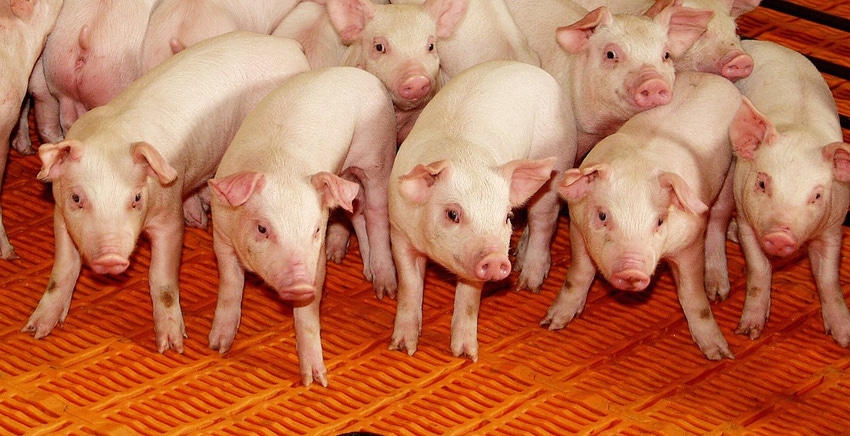February 23, 2015

Sponsored Content
Formulating the proper diets to deliver optimal performance at a competitive price is the goal of most swine nutritionists. Creating that feeding program requires a clear understanding of the ingredients that are available, the type of pigs that will be fed and the management style involved with those pigs. Chances are at one point in time you’ve sat down with your nutritionist, expecting to see a particular program only to find it’s not what you wanted. More than likely your nutritionist faced the same disappointment you did. So what can be done to prevent this from happening?
“I asked our swine nutritionists to give me a list of five things they would like their customers to share with them in order help them deliver a better nutrition program,” says Lori Stevermer, Marketing Specialist with Hubbard Feeds. “Their responses were interesting because in most cases, it’s basic information. I believe it’s often information our customers think we already know. Other times, changes have occurred but they weren’t communicated.”
Here are the five items, in no particular order.
1. Weaning age and weight is different than what you have on the budget.
Nothing has the potential to get pigs off to a poor start in the nursery like having the wrong feed or not enough of the right feed for the group. Planning for a group of 13-14 lb, 21 day old pigs only to have 11-12 lb, 17 day old pigs show up creates stress for the barn manager and increases the chance the pigs won’t get the right amount of nutrients to make a smooth transition at weaning.
2. Health Challenges
Are your pigs experiencing any health challenges at a particular stage of production? This may alter the nutrition program offered and also the supplemental products that can help pigs through those challenges.
3. Grow-Finish time and space doesn’t match your projections
“One comment that always concerns me is when customers tell me their pigs didn’t make it to the last stage of feed before they went to market,” says Jamie Pietig, swine nutritionist for Hubbard Feeds. “If the budget doesn’t match what your pigs are doing, it’s time for a review.” Read more: Feed budget variability effects on efficiency.
4. Sow condition and feed intake in lactation.
Poor body condition affects reproductive performance. Low intakes in lactation result in lower weaning weights. “Average and okay” don’t always give an accurate description of how sows look and eat. Taking the time to closely track sow lactation feed intake or even weigh the feed that is being fed reduces the guesswork. Another pair of eyes looking at the sows may better help determine exactly what type of condition she’s in and strategies for increasing intake.
5. What area of production are you focused on; what’s important to you?
Spending time discussing ingredient options may not be productive if your concern is with feed intakes in lactation. If your nutritionist doesn’t ask you what’s important or what the goals or benchmarks are for your farm, don’t be afraid to redirect the discussion to what’s really on your mind.
“No matter how many questions we ask, we can always learn more,” says Stevermer. Communication really is a two way street. Knowing what’s important to our customers and delivering what they need is the difference between working with them and working for them.
You May Also Like



